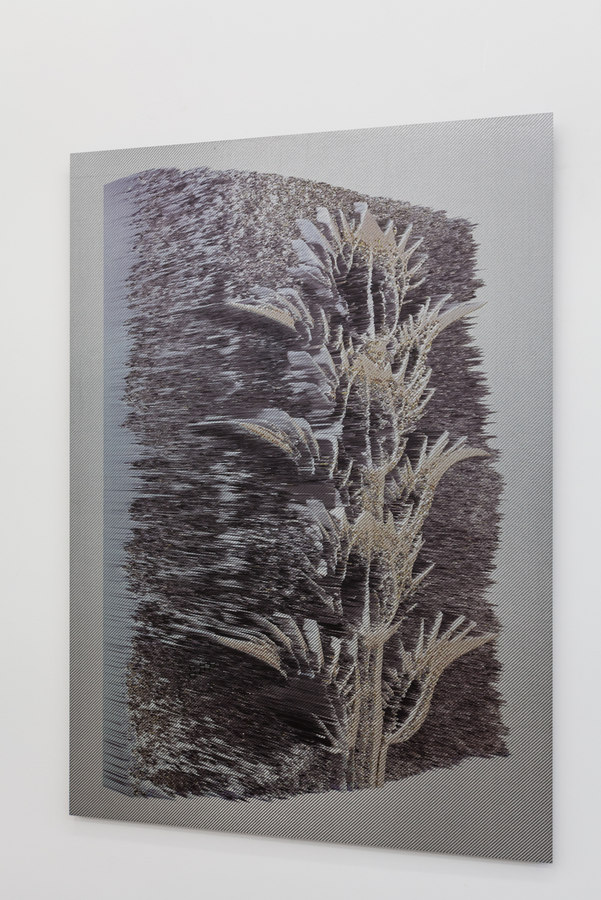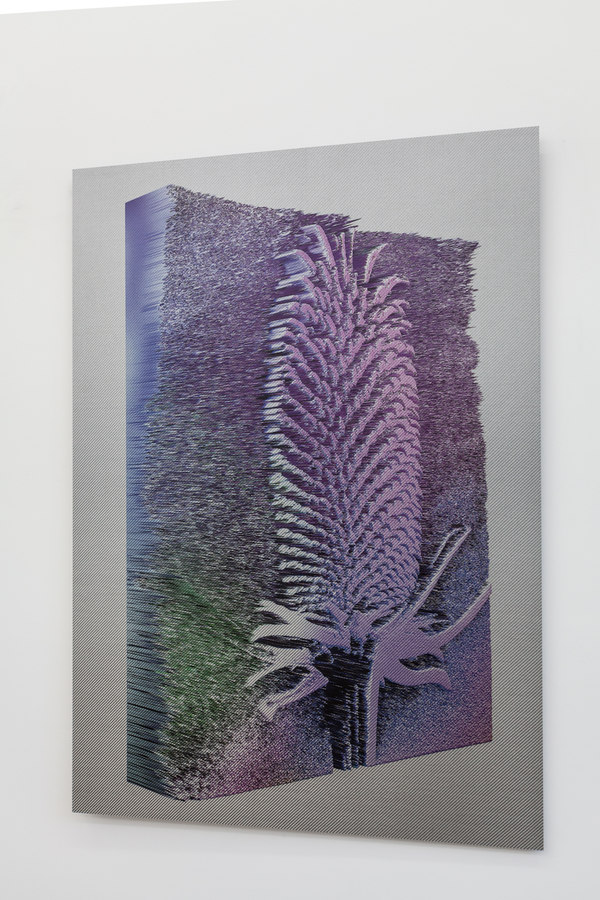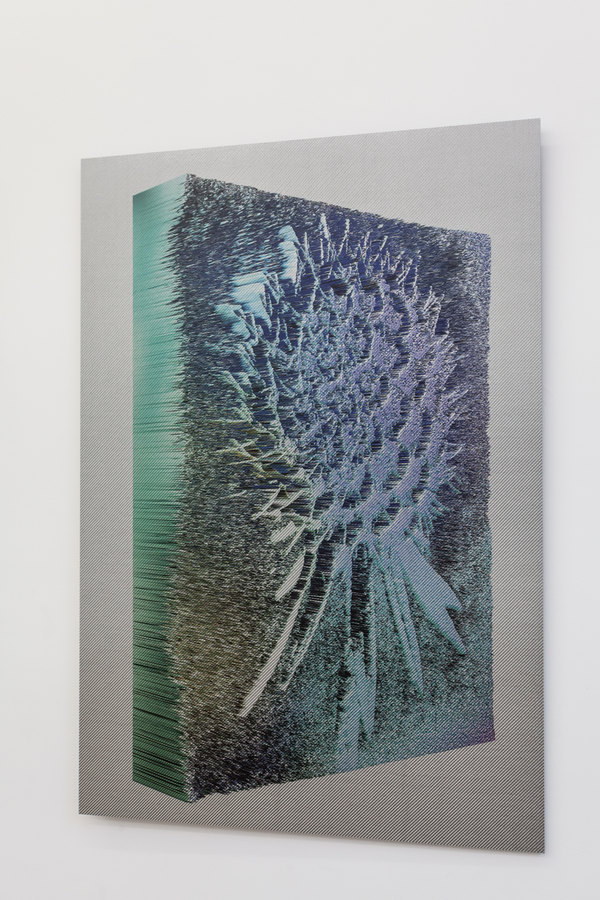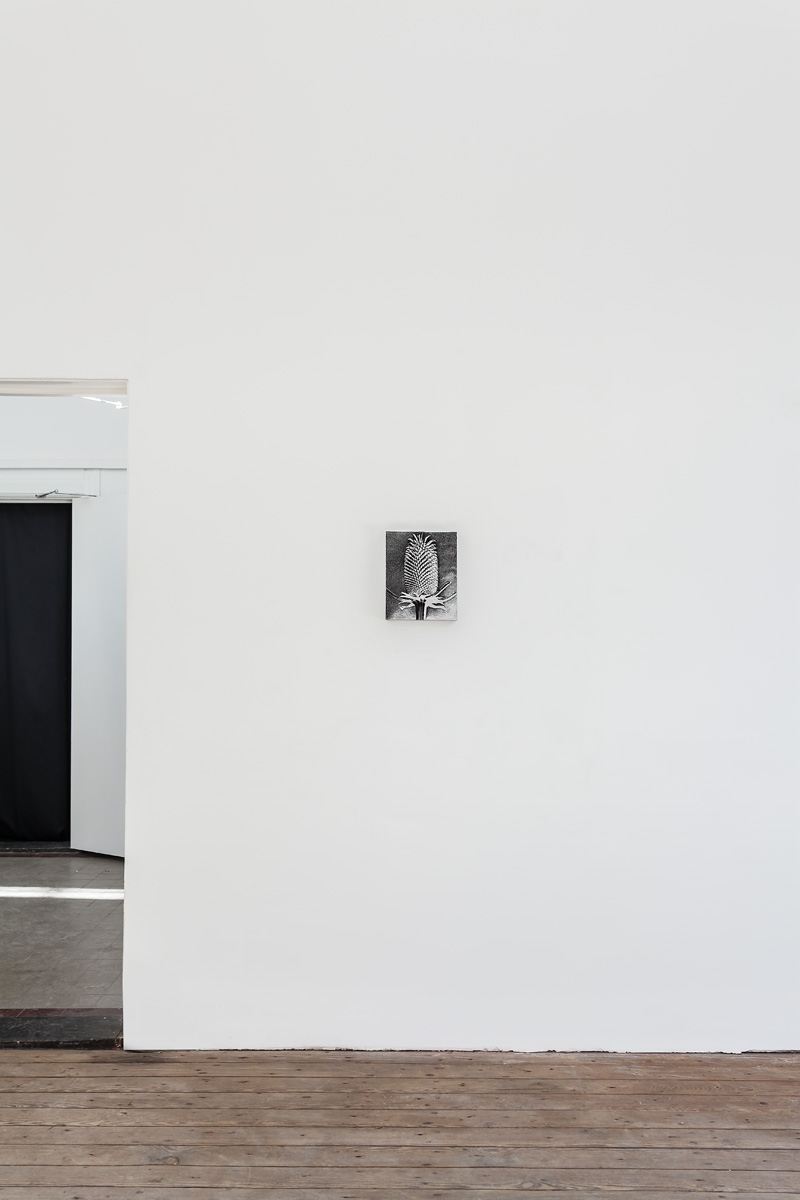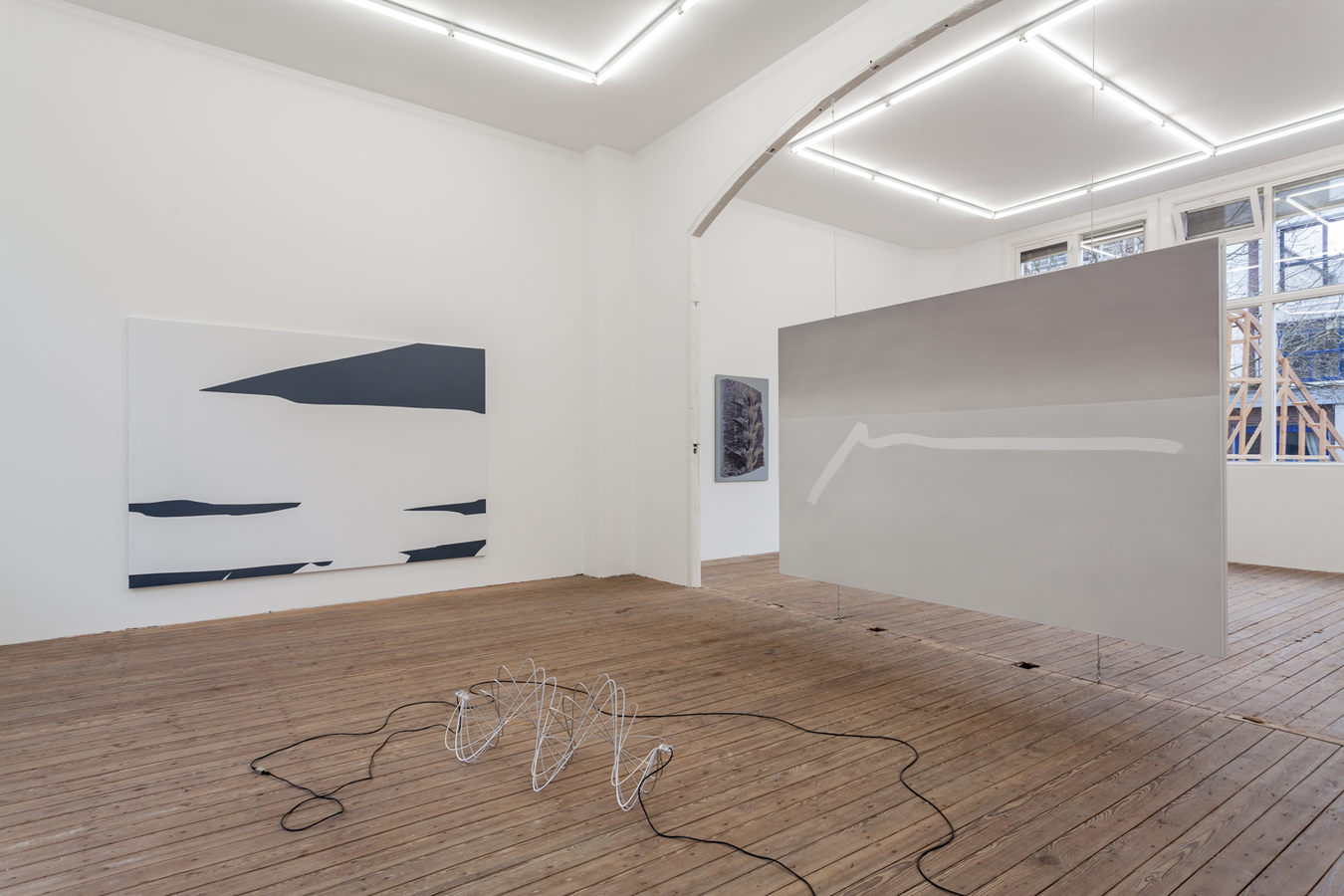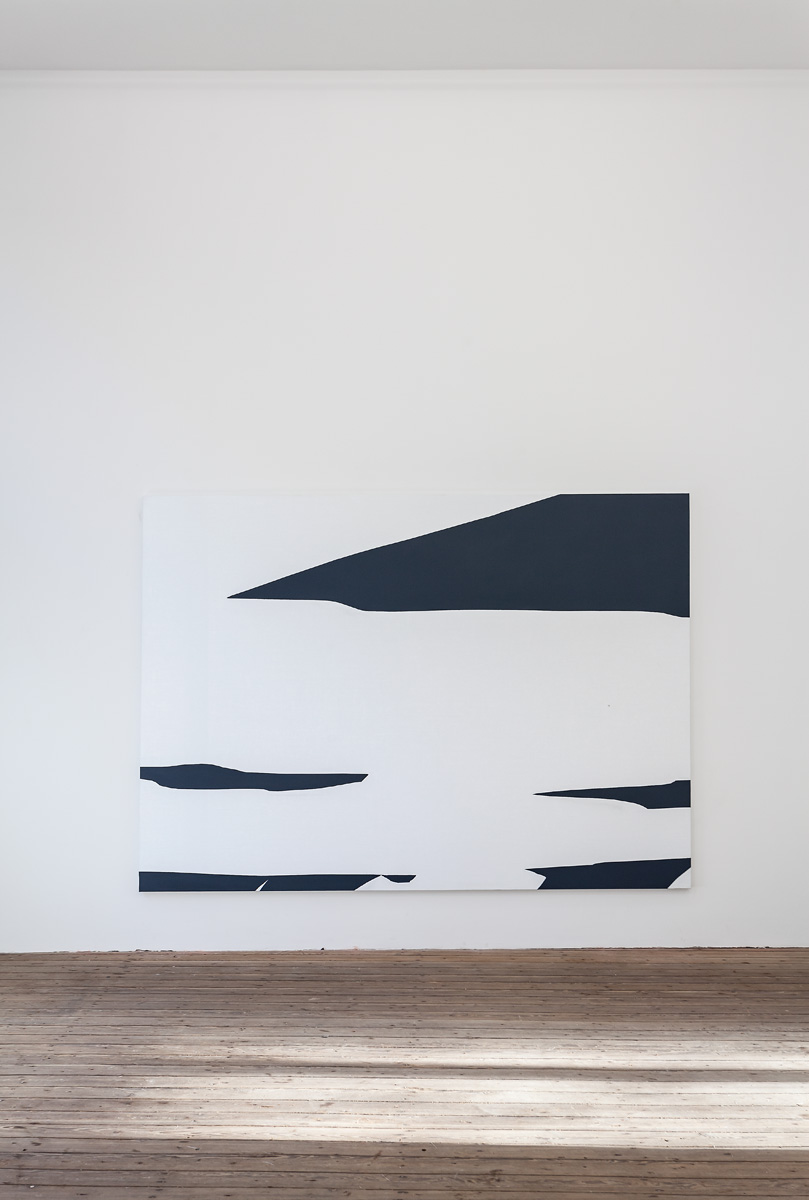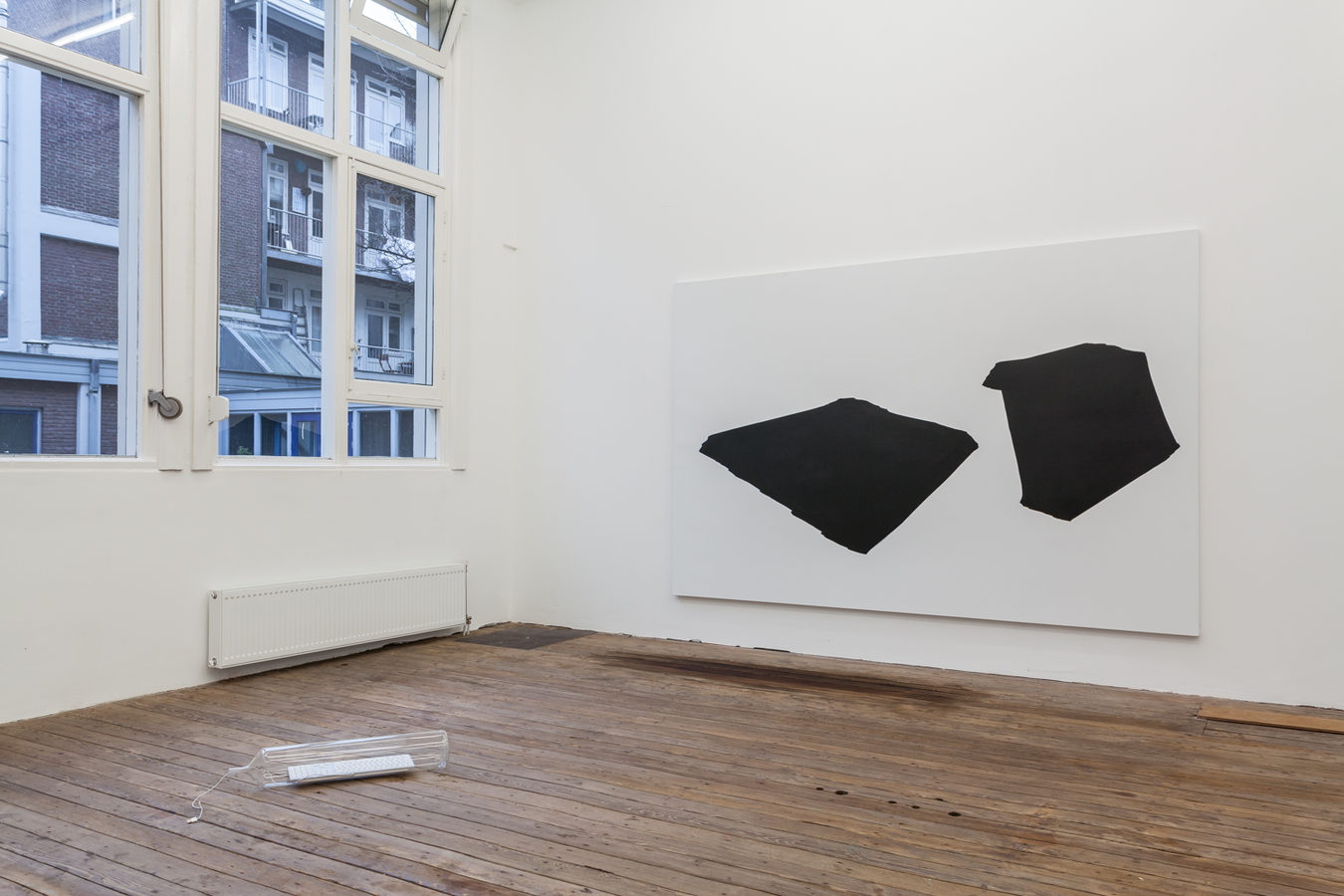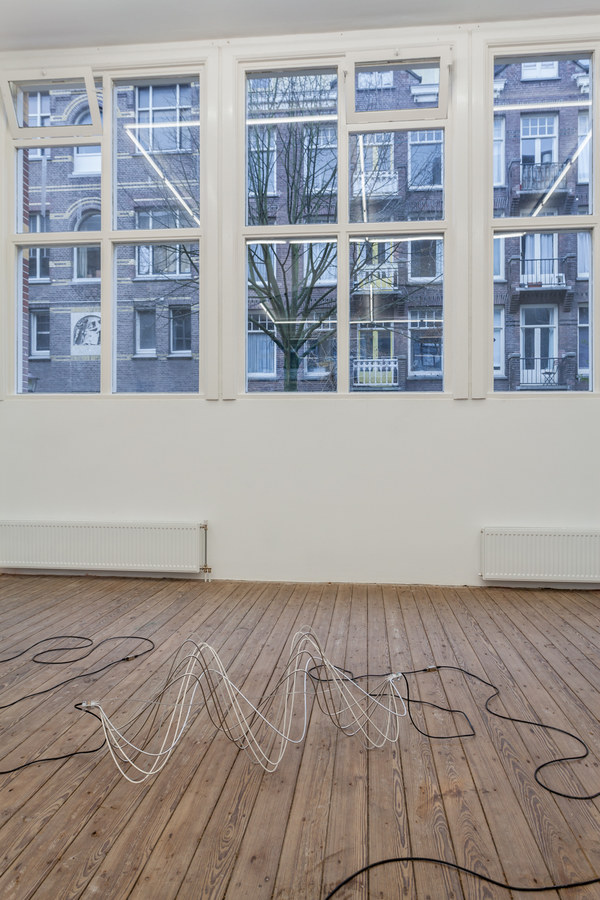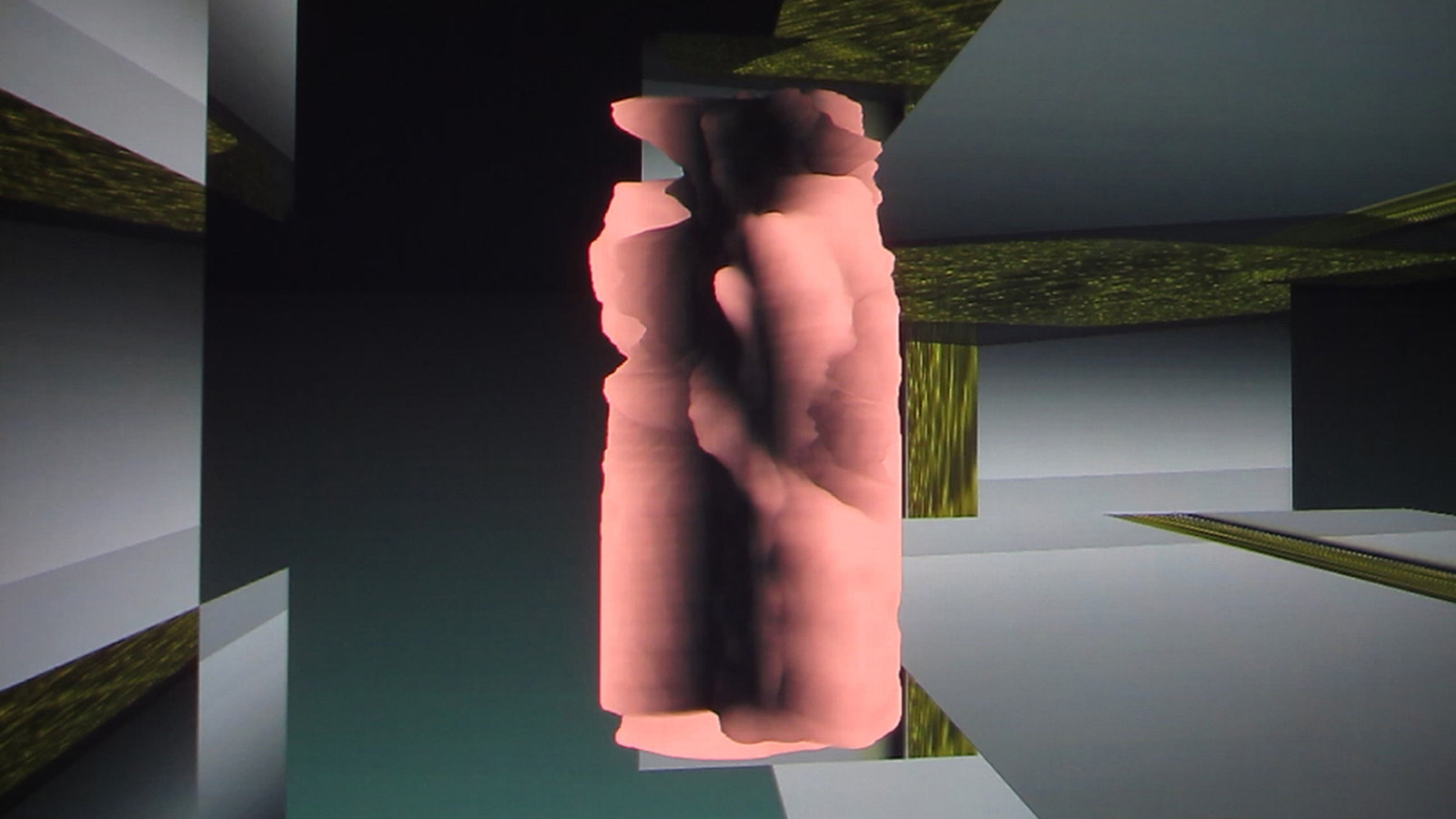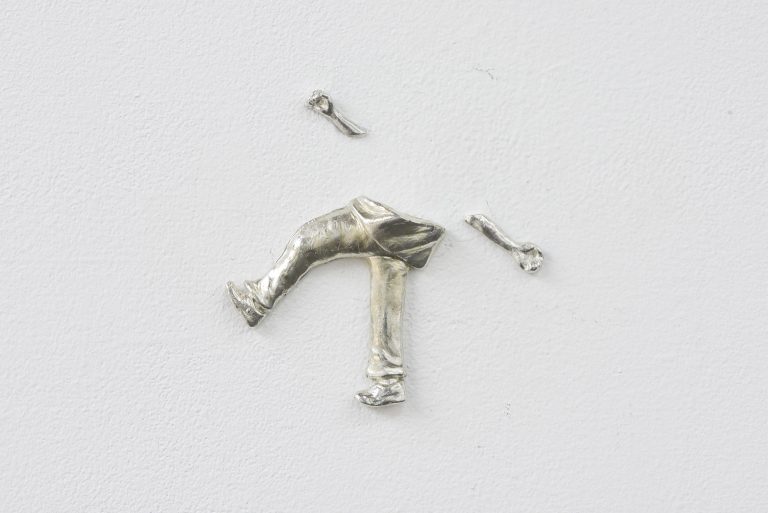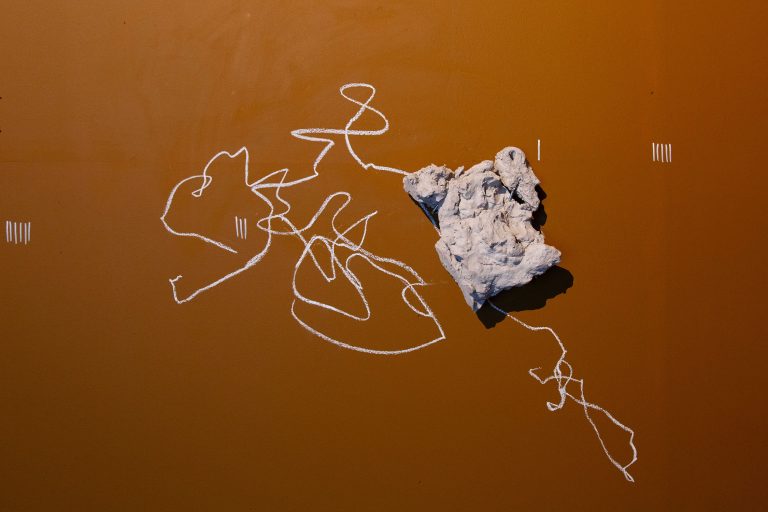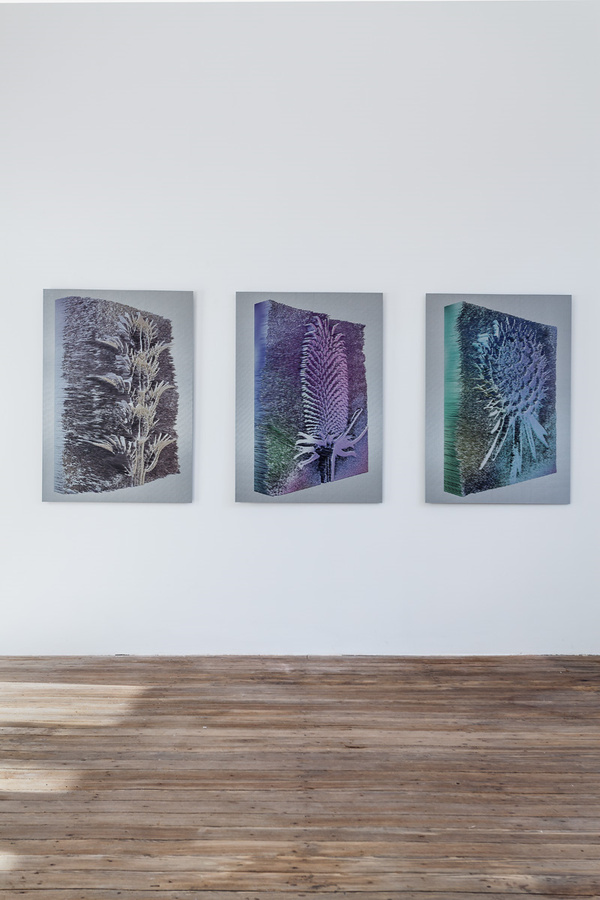
Artists: Spiros Hadjidjanos, Sara Ludy, Priscilla Tea
Exhibition title: Three Rooms
Venue: Galerie Gabriel Rolt, Amsterdam, The Netherlands
Date: January 17 – February 14, 2015
Photography: Courtesy of Galerie Gabriel Rolt
Galerie Gabriel Rolt is proud to present Three Rooms, an exhibition curated by founder and curator of The Composing Rooms in Berlin, Ché Zara Blomfield.
Three Rooms’ pretext is that we live in a world where digital and material realities inform and construct one another. In architecture, for example, digital renders bear increasing resemblance to the constructions they envisage. This can also be seen in reverse: the digital imitates the physical.
Spiros Hadjidjanos, Sara Ludy and Priscilla Tea navigate disparate digital processes, resulting in forms of sculpture, video and painting, all that effect spatial awareness.
Sara Ludy collects and/or documents familiar architectural scenes; facades, landscapes, still life window settings, presenting imagery of both digital and physical non-hierarchically, and often blurring distinction between the two. In her video works, her own 3D renders of unoccupied locations and dreamscapes are presented as temporal abstract compositions. Her structures are depicted in states of flux; collapsing, hovering, overlapping, they emphasise an uninhabitable, yet strangely inviting place.
While Ludy’s work could be interpreted as liberating the physical from the burdens of reality, Priscilla Tea’s paintings escape the spatial limitations of their origins on a screen. Ambiguous expanses of sky or structure are depicted with computerised traits of format, gradation andfixed- width colour blocking and rendered in thin layers of oil, painted by Tea onto large canvases.
Her paintings seem to be a meditative reflection upon our engagement with images via a screen, rather than a representation of it. Their scale and interplay between depth and flatness also form an impact on perception of space they’re exhibited in, consequently resisting documentation and reinsertion to the virtual.
Spiros Hadjidjanos is interested in the physical engineering at the foundations of the digital. In many of his sculptures he materialises the often unseen elements of the virtual, such as the internet, in his sculptural ethernet cables and ‘Network Time’. Both data and material create his 3D Alumide prints, which utilise ‘displacement mapping’ to turn a 2D image into a 3D surface. His works are then installed to draw further attention to the physical gallery space.



